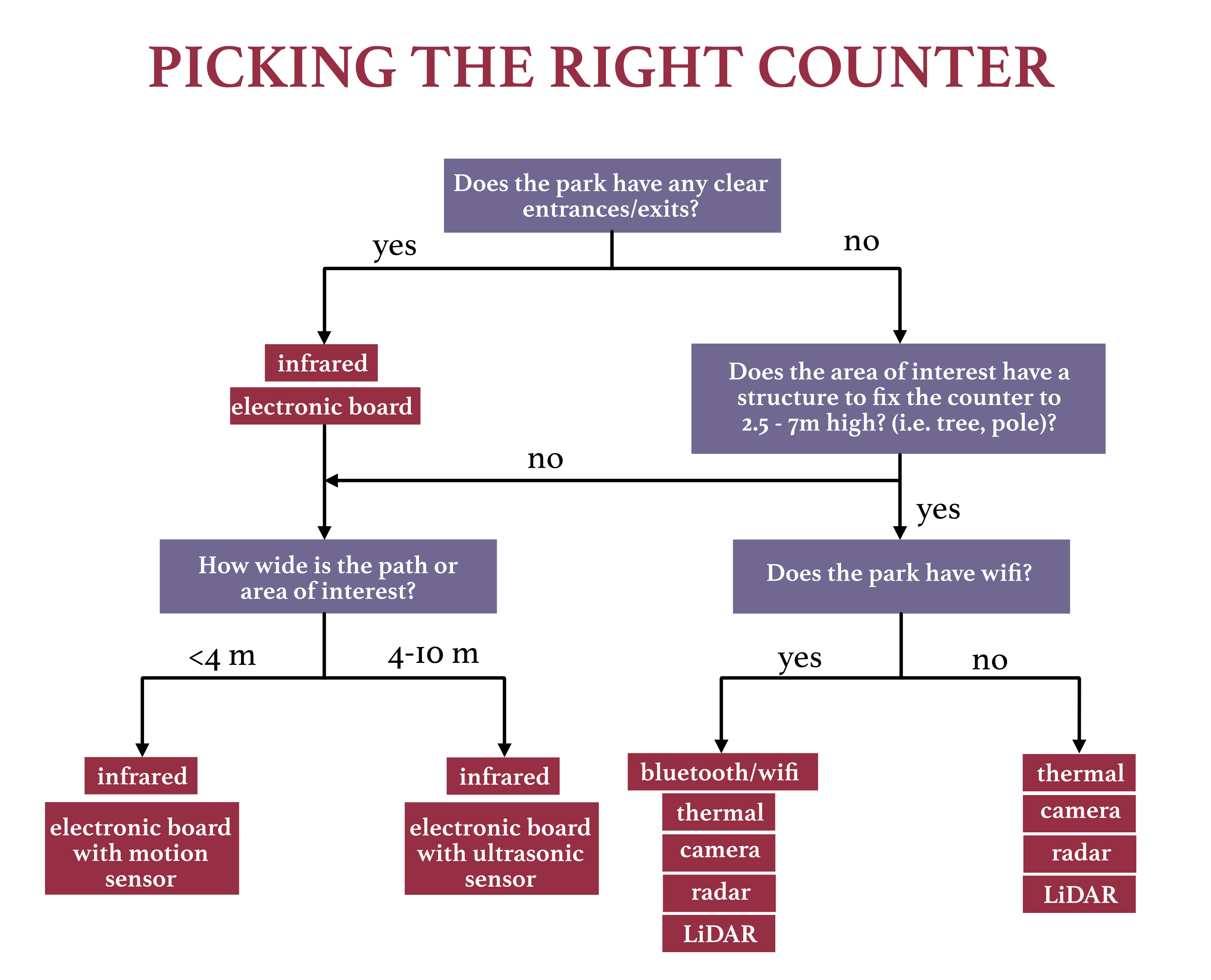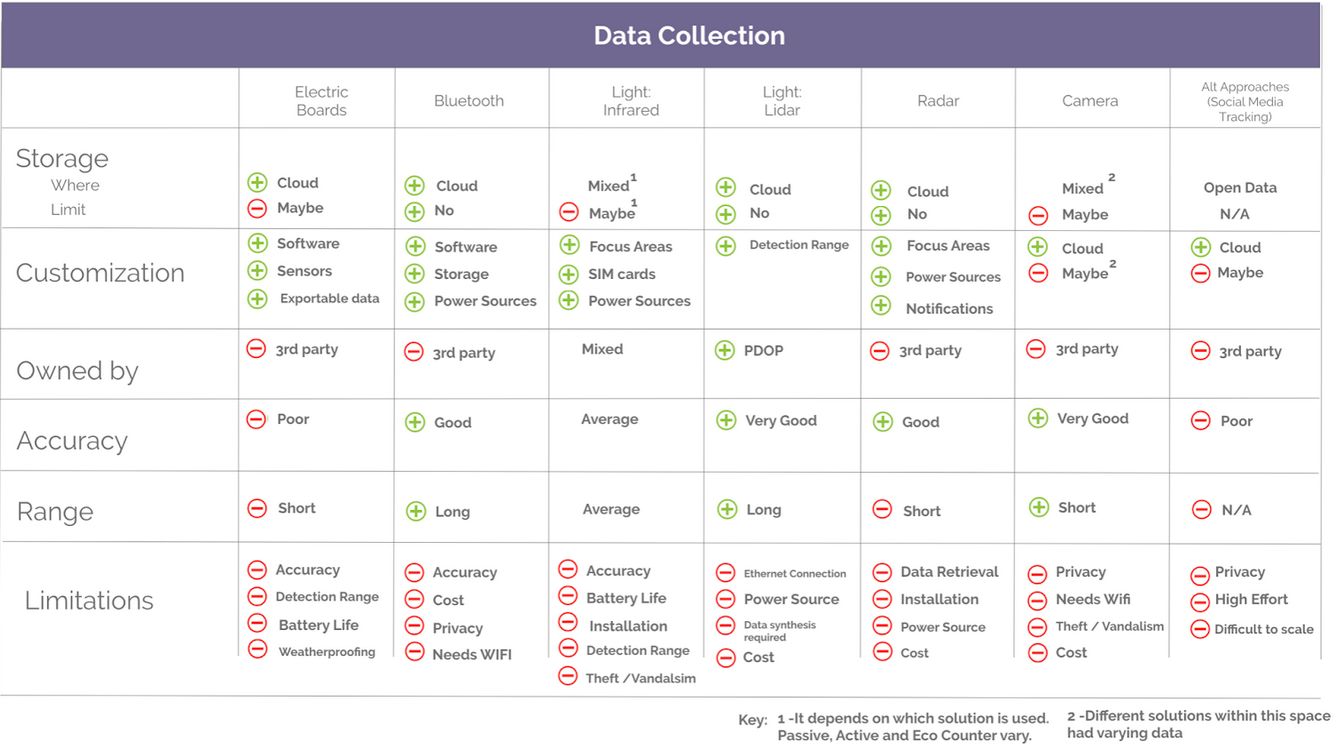Case StudiesData Gathering - Parks of Oak Park
Recommend a better geofencing solution that best fits a number of PDOP’s use cases.

Overview
Client
The Park District of Oak Park (PDOP), created in 1912, serves the recreational needs of the 52,000 residents of Oak Park, providing nearly 3,000 recreation programs and special events annually. Overseen by a Board of five elected officials, the District owns an Administrative Center, two outdoor pools, an indoor year-round ice rink, the Oak Park Conservatory, Cheney Mansion, Pleasant Home, a gymnastics & recreation center, seven recreation centers plus 18 parks totaling 84 acres of parkland. Through the programs and facilities the Park District of Oak Park provides, they significantly contribute to the quality of life in Oak Park.

The Challenge
Recommend a better geofencing solution that best fits a number of PDOP’s use cases such as: gathering quantitative data, is customizable, able to integrate with their servers and have fixed pricing.
Approach
Code for Chicago (CfC) facilitated a competitive analysis to identify a solution; by doing this they built a baseline understanding of what products were available in the space, the key differences between each and evaluate those with PDOP’s use cases.
Project Month/Year
May 2021
Problem Statement
In the past, PDOP used a geofencing solution to quantify the number of people that came to the park. This data had the possibly to help PDOP make better decisions on how to allocate public resources and understand if they are serving a diverse community at an equity level.
Currently, they have no methods for collecting data and their decision-making was based on assumptions.
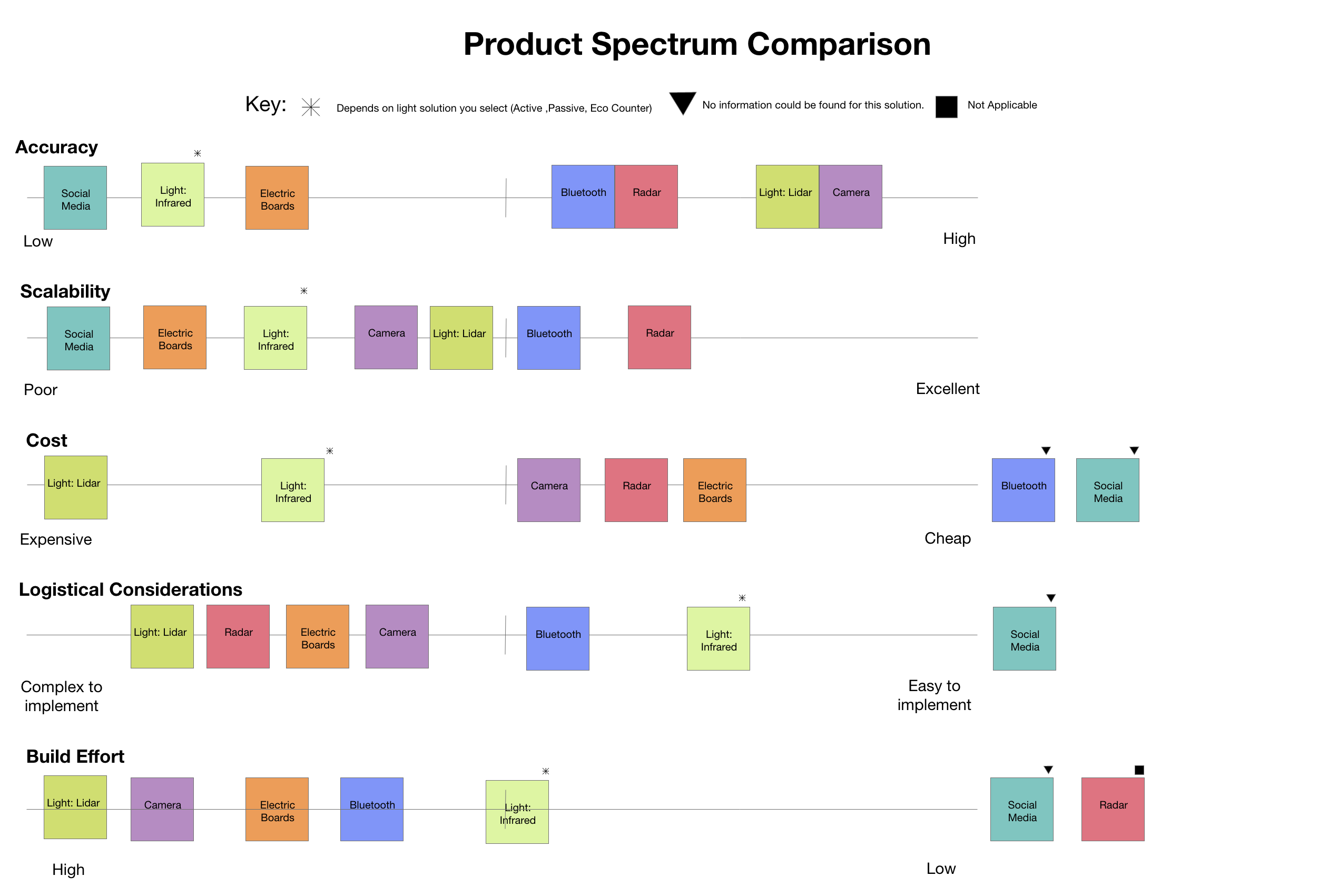
Our Approach
Based on the array of people counting technologies in the marketplace. The team used a variety of methods and tools to narrow down viable solutions. Many of these could be grouped into categories based on either the technology used, like thermal counters, or based on the approach, like using social media. Therefore, the team started with a “divide and conquer” style to reduce masses of possible avenues into practical and effective chunks.
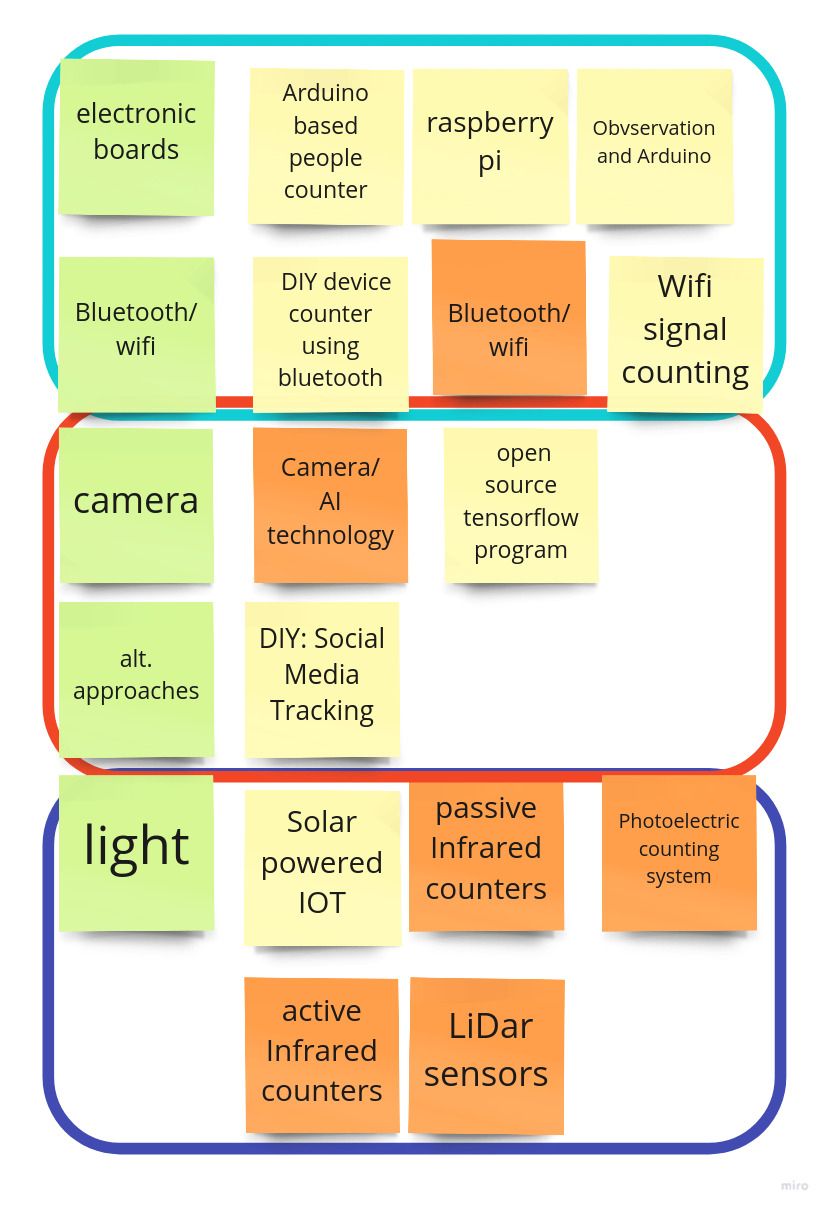
Methodology
In order to gather valuable information, each solution needed identify clear pricing figures, installation guidelines, data collection details, and its strengths and pain points. In addition, a major factor in the analysis was installation within the park and adapting it to each park within Oak park.
Constraints such as size, layout, telecommunication infrastructure and device mobility were identified.
Based on this the team created a number of artifacts to evaluate which people-counters would identify the best fit: First was a decision tree then a detailed table determining power/wifi connectivity, from there a graph determining the trade-offs for each counter, a chart measuring the accuracy and cost for each solution and lastly a workflow examination after talking to vendors.
Once all the data was collected - scalability and pricing was last compared.
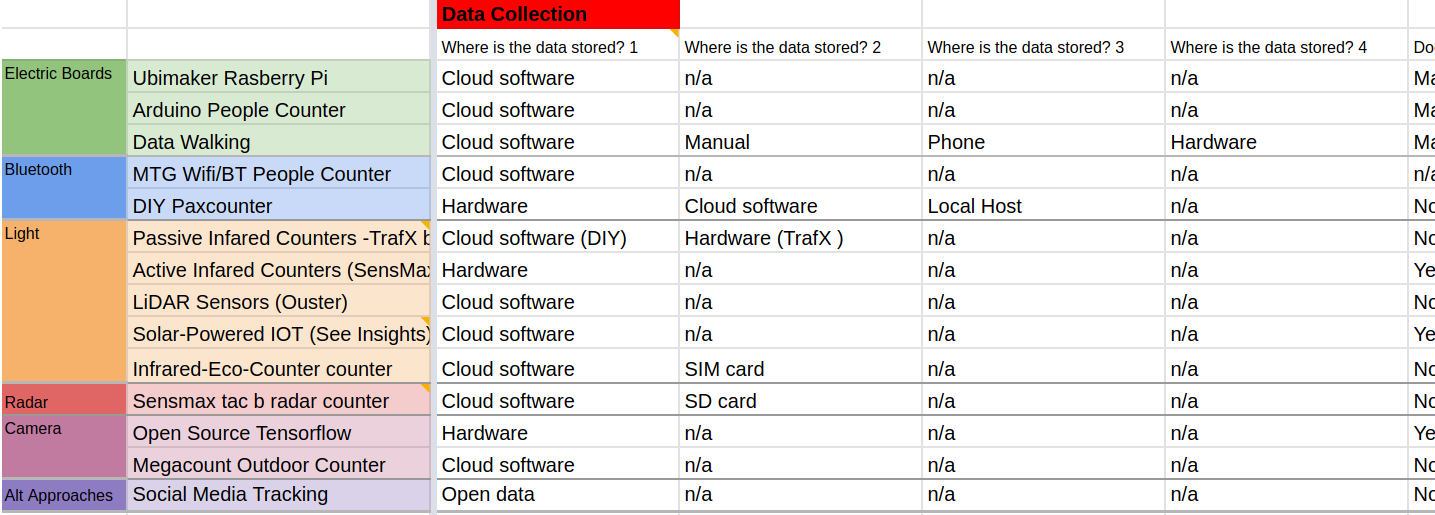
Outcome
By completing this project for PDOP, CfC was able to confidently recommended the ready-made product of a geofencing solution to quantify the number of people that came to the park. This product was recommended because it was:
- Built for the outdoors
- Listed at a fixed price rate
- Relatively accurate at 80-90%
- Not dependent on an internet connection to work
- Utilized by other large park and recreation departments
